PRESERVED HISTORY, INSPIRED FUTURE
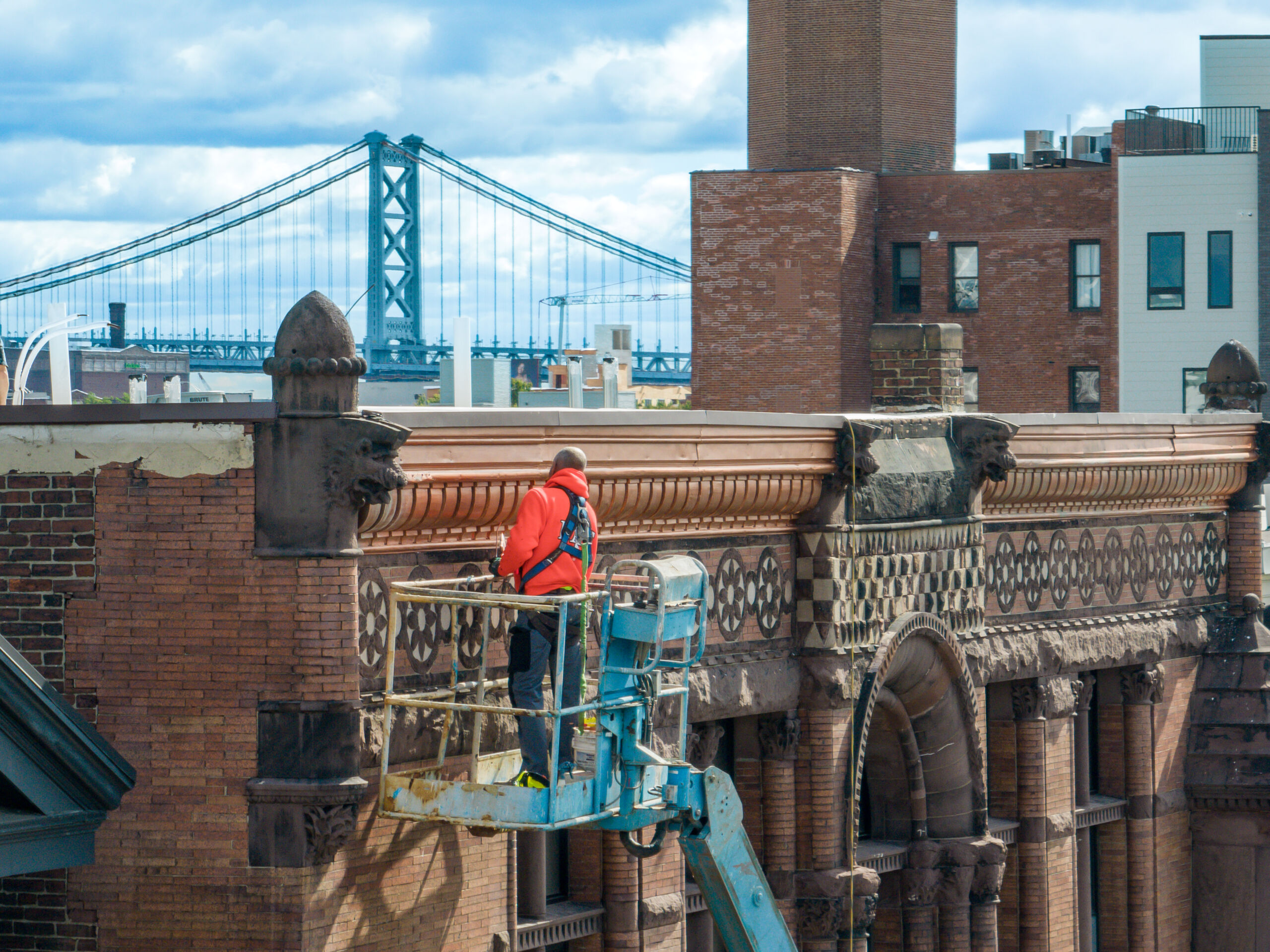
Engine Company No. 29 was constructed in 1895 and stands at 1221-25 North 4th Street in the South Kensington neighborhood of northeast Philadelphia. The 3-story building has brownstone cladding on the 1st floor with brown, Roman brick and terra cotta detailing above. Designed in the Richardson Romanesque style, the building retains its integrity, as both the overall form and defining architectural features remain intact since the time of construction.
- LEARN MORE about our FACADE RESTORATION.
- LEARN MORE about our EDUCATIONAL SESSIONS.

FACADE RESTORATION
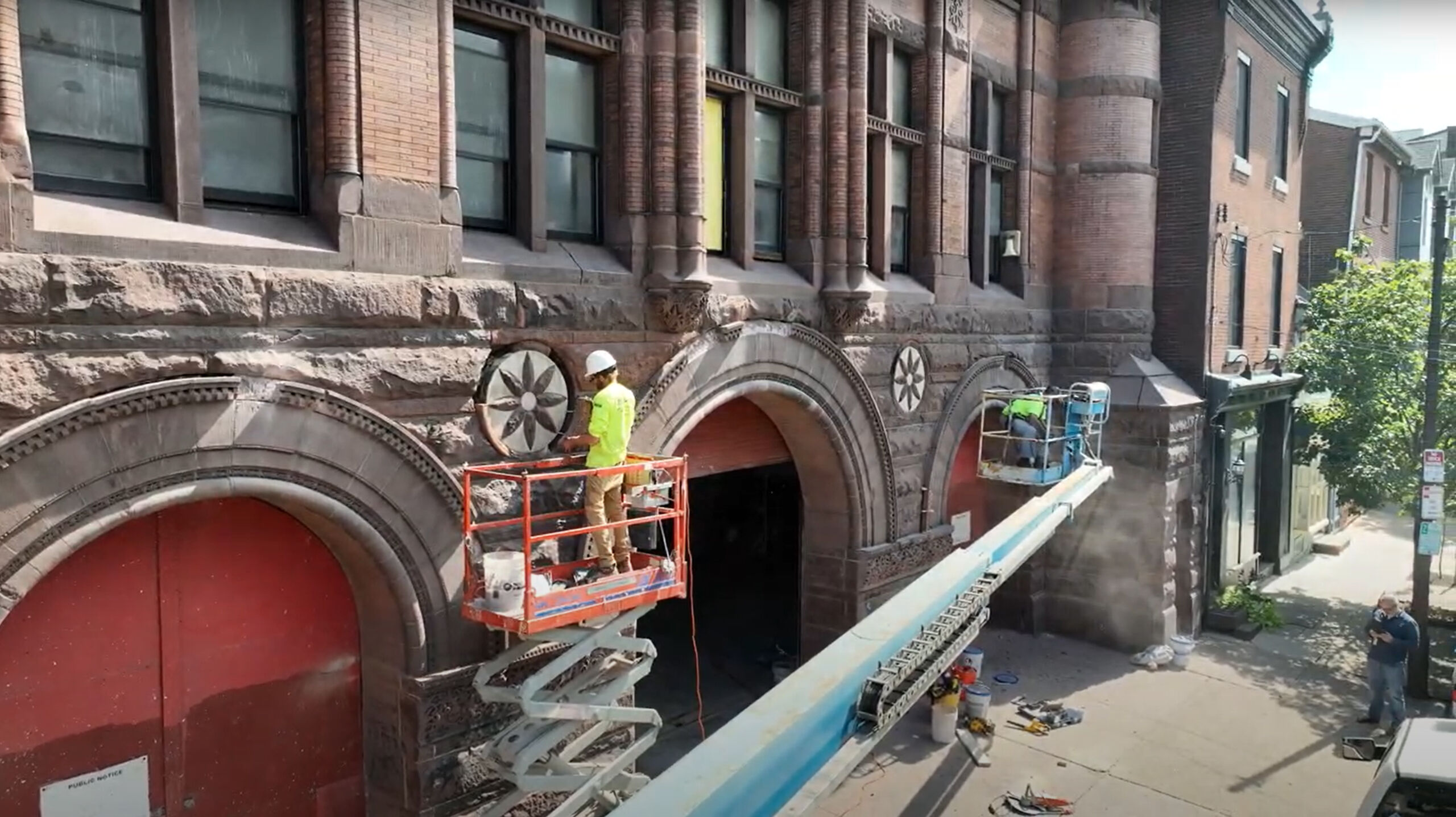
Existing aesthetically and historically significant features of the existing Firehouse building were evaluated for preservation as feasible to the re-development project. Adaptive re-use projects foster unique challenges for salvage and conservation, however through a partnership with Premier Building Restoration the project was able to leverage their expert and passionate team of technicians to preserve and restore the aesthetic integrity of the historic building through the true art of skilled craftsmanship.
The Firehouse team received approval from the PHDC Percent for Art Program to use the art obligation funds to restore damaged historic artistic building elements on the building façade. This grant allowed the team to preserve memory and retain the historic integrity of the building through several intentional acts of salvage and restoration.
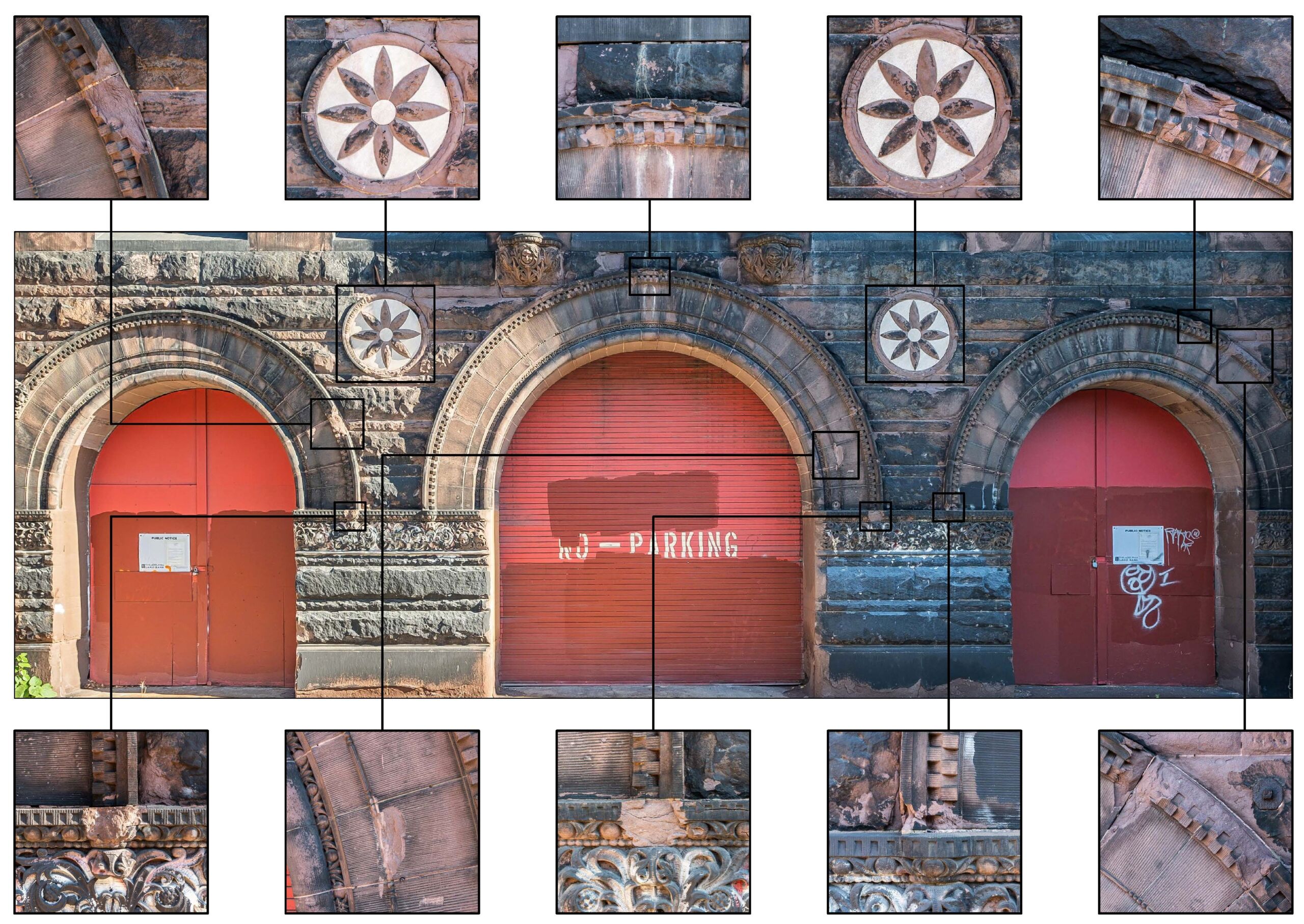
RESTORING THE DETAILS
Richardsonian Romanesque architecture is characterized by continuous round arches and heavy masonry facades. Each building was treated as a single, masonry volume with uniformly warm colors and large, simple shapes.
There were many details worth spending extra special care on with this façade. Specifically, the ground floor decoration includes “roundels of brownstone and white marble” in daisy petal patterns.
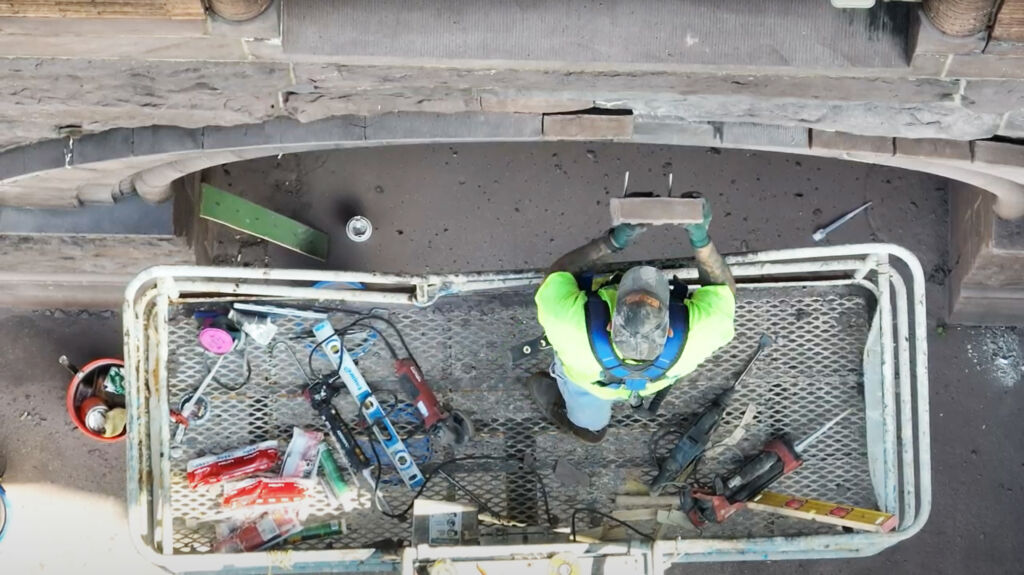
PRESERVING MEMORIES
Although the Richardsonian Romanesque style is underrepresented in Philadelphia, Engine Company No. 29 is an archetypal example of the form.
It presents a fortress-like façade with rusticated masonry, round arches, rectangular windows, asymmetrical tower projections, clustered columns, a semicircular window and brownstone, terra cotta and marble detailing. The Percent for Art funds were the perfect fit to ensure the most delicate and detailed restoration.
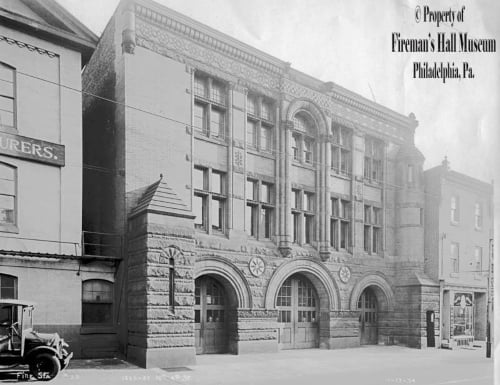


the firehouse sessions
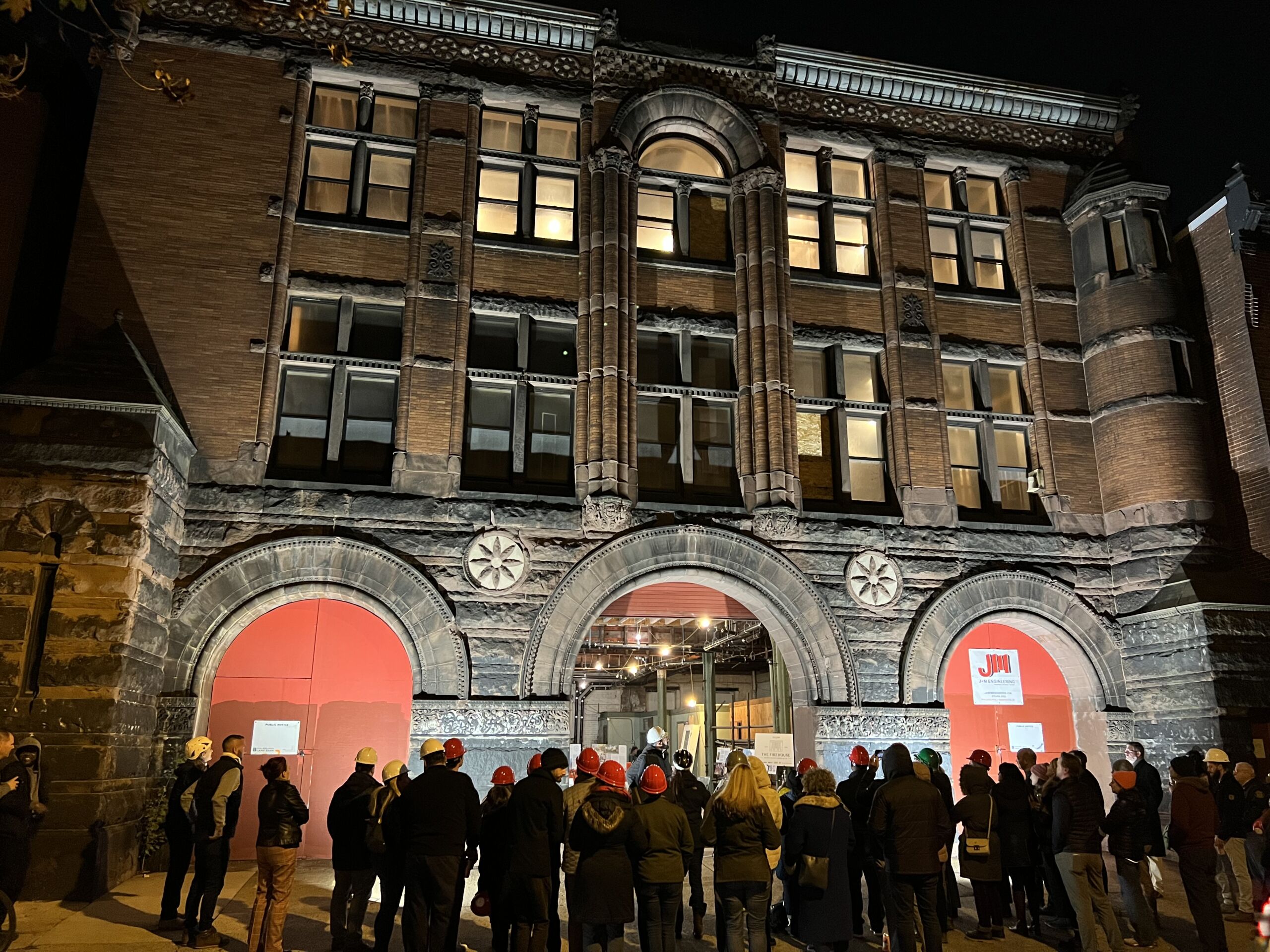
The Firehouse project has been a rewarding opportunity for the development team to leverage our real estate expertise and professional networks to benefit the relationships we are fostering within the South Kensington community. Over the past 2 years, we have engaged with students, professionals & community members to provide unique educational opportunities and professional development experiences associated with the preservation and re-development of the historic Firehouse building.

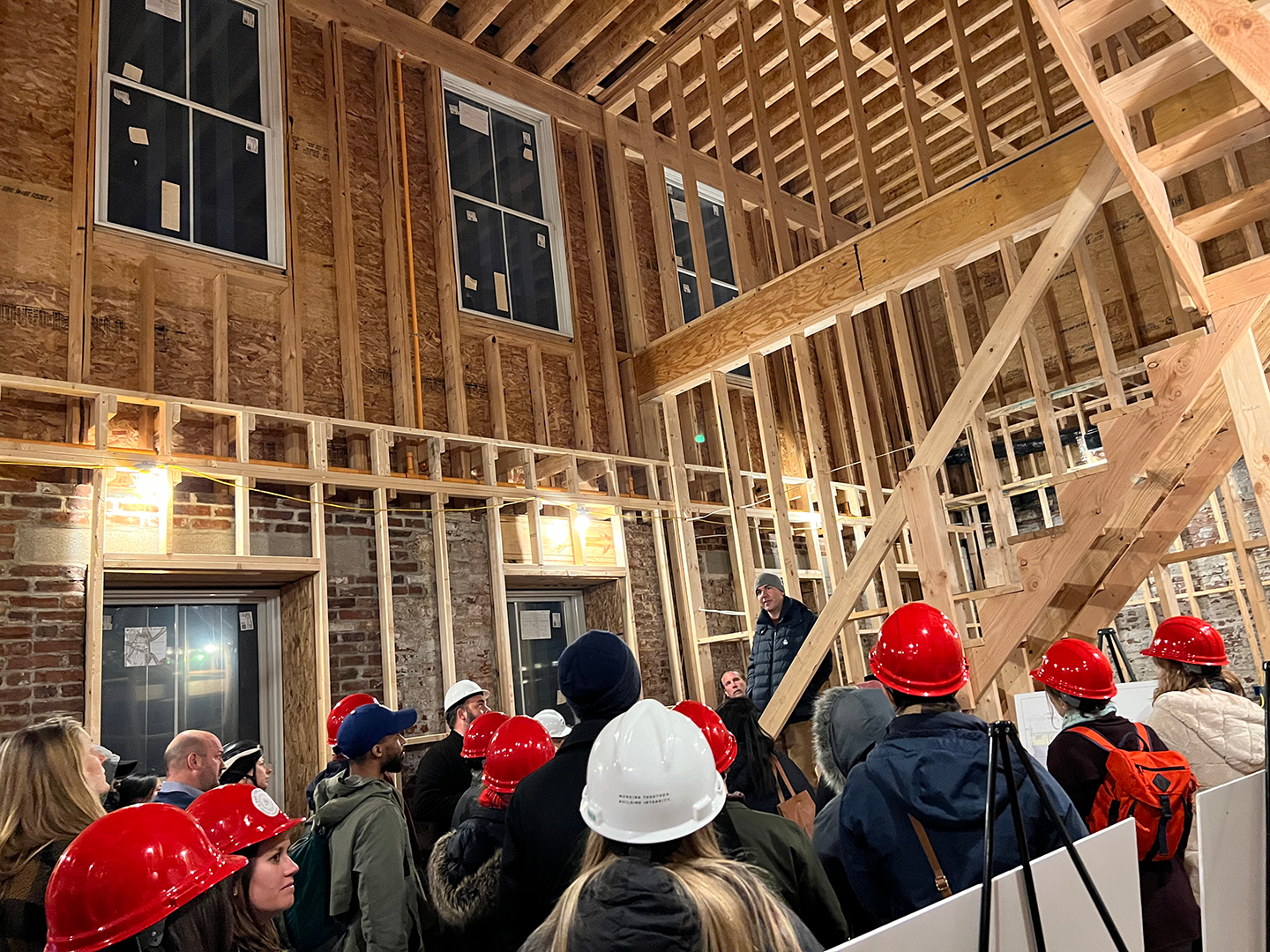
HISTORIC PRESERVATION & FACADE RESTORATION
On Thursday, November 17 we opened the doors to The Firehouse for our first public educational session and construction tour. The event was attended by over 40 industry professionals, project colleagues and community members. During this session, we learned about the history of Engine Company No. 29, the differences between a conservation, preservation, rehabilitation, or restoration of a historic building, the skilled processes used to restore and preserve the building.
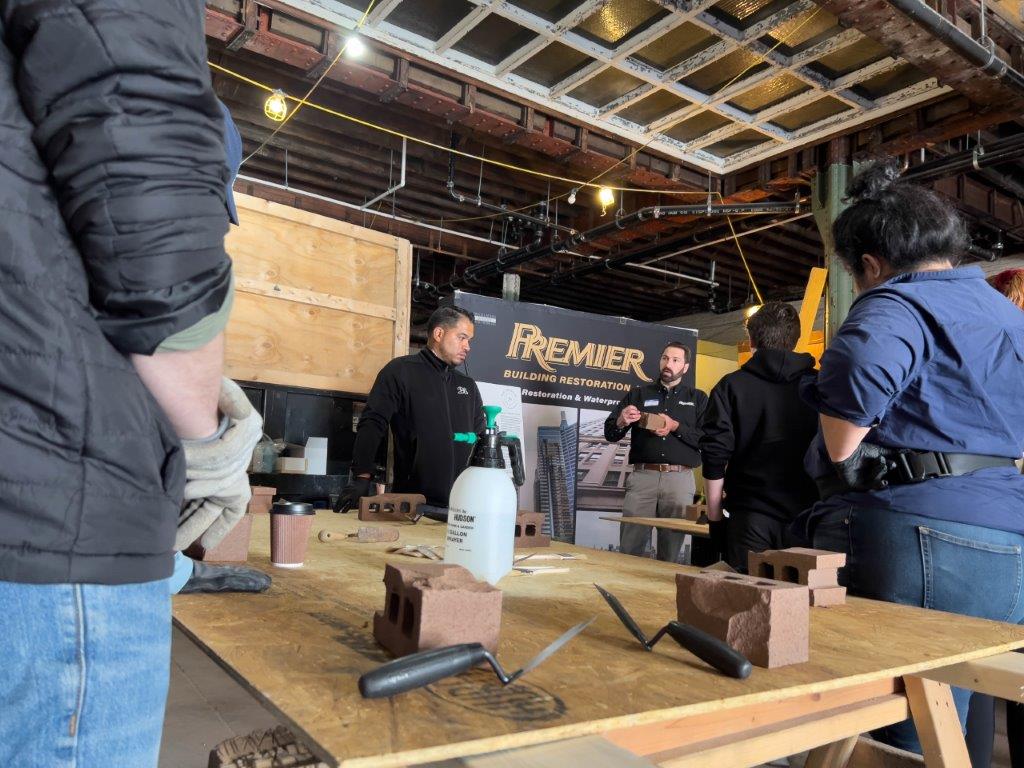
HANDS-ON FACADE RESTORATION WORKSHOP
On Saturday, May 6 we opened the doors to The Firehouse for our first public educational session. During this session, we learned the basics of mold making and casting replicas for historic facades. Hands-on demonstrations and practice exercises included design considerations and applications for new ornamental stonework, creating negative-form molds, mixing and pouring plaster into a mold to form enrichments, and ensuring the cast surface is free of air pockets and blemishes.

ADAPTIVE REUSE & REAL ESTATE DEVELOPMENT
On Wednesday, November 1 we collaborated with MTWB to host a cohort of ACE Mentor Program students (Audenried High School) for a construction tour and career exploration discussion. The development team highlighted the importance of investing in aging communities and the benefits of energy and natural resource conservation through adaptive re-use. In addition, students were given an overview of the skilled processes used to intentionally preserve and restore this historic building.

